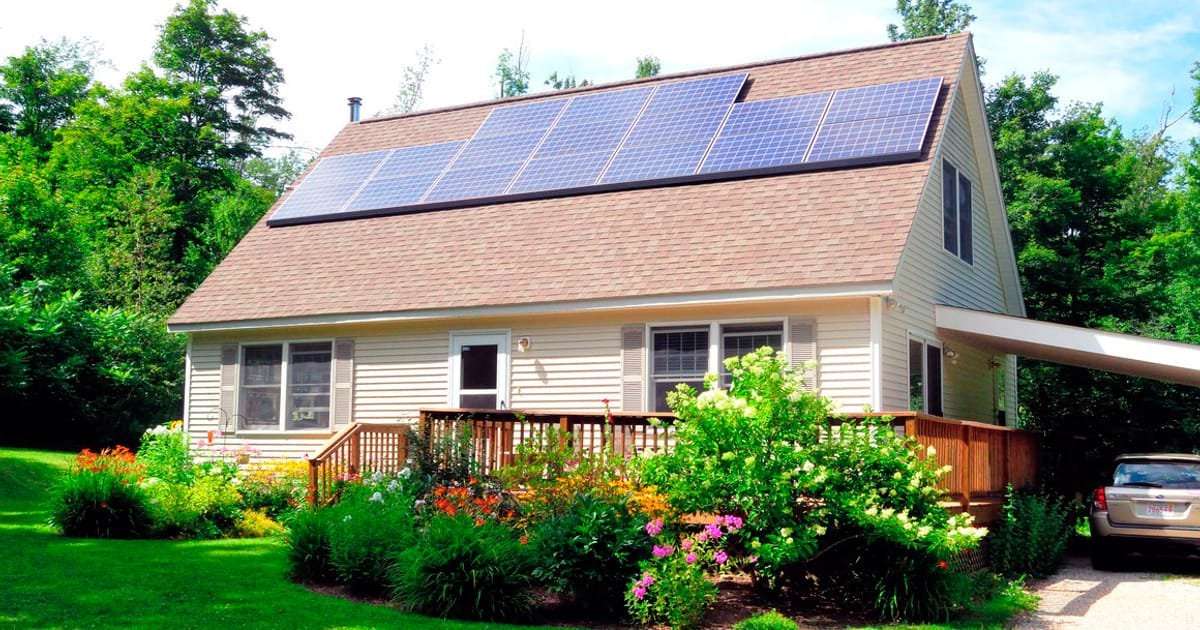Rob Underwood has already fielded calls from over a dozen Delawareans interested in the state’s new solar equity program. The two-year pilot, which launched this month, aims to bring the benefits of home solar to a wider range of people by dramatically lowering costs for moderate-income residents — and getting rid of costs altogether for low-income families.
“All the way from the governor’s office to the secretary, down to my level, we’re really excited about launching this program,” said Underwood, energy programs administrator in the Delaware Department of Natural Resources and Environmental Control (DNREC). “It allows us to offer residential solar to Delawareans who traditionally were not able to afford the upfront costs.”
That includes people whose credit scores aren’t high enough to obtain a conventional loan to install solar or those who pay too little in taxes to be able to harness one of home solar’s major incentives: the federal solar Investment Tax Credit. The tax credit lowers a new solar owner’s tax bill by 26 percent of the cost of a solar installation, but that carrot doesn’t work if your tax liability is tiny.
Subscribe to receive Canary's latest news
And yet those low- and moderate-income households have the most to gain from solar on their roofs. Low-income households in the U.S. have an energy burden — the percentage of their income spent on energy — that’s up to three times higher than high-income households, according to the American Council for an Energy-Efficient Economy.
Delaware’s Low- to Moderate-Income Solar Pilot Program will make solar accessible to 50 households annually via two pathways. For low-income residents, the program provides solar installations of up to 4 kilowatts with no out-of-pocket costs. For moderate-income residents, the program covers 70 percent of the cost of systems of up to 6 kilowatts, leaving homeowners to pay the remaining 30 percent. DNREC selected three private contractors to do the installations.
DNREC is paying for the pilot program primarily out of a green energy fund endowed by a small surcharge levied on customers of Delmarva Power, a utility that serves about half the state. The pilot is also getting some funding from a weatherization program supported by the Regional Greenhouse Gas Initiative, a carbon cap-and-trade program in the Northeast.
To qualify, residents need to meet just a couple of criteria: reside in Delmarva’s service territory and fall under certain income thresholds.
Households qualify as low-income for the new solar program if their income is at or below 200 percent of the federal poverty guidelines. For a family of three, a total income of $46,060 or less qualifies them for free solar. The thresholds for moderate-income families are the median incomes for different counties.

ManOfLaBook on July 19th, 2022 at 16:15 UTC »
READ THE FINE PRINT!!!
When I looked into solar panels, the company wanted to put a lean lien on my house, AND I had to get their permission to sell since they, for all intents and purposes, owned my roof. All for a whopping 10% or 20% off my electric bill. I also have several friends that the panel installation damaged their roof and the company refused to pay for it.
And you better make sure you put a new roof on before the project starts.
Unless you own the panels outright I wouldn't do it.
ProfessorPihkal on July 19th, 2022 at 15:12 UTC »
Low income residents don’t own their homes usually so this won’t help many people.
envybelmont on July 19th, 2022 at 15:08 UTC »
And here I am in California with utility companies trying to de incentivize solar as much as possible.